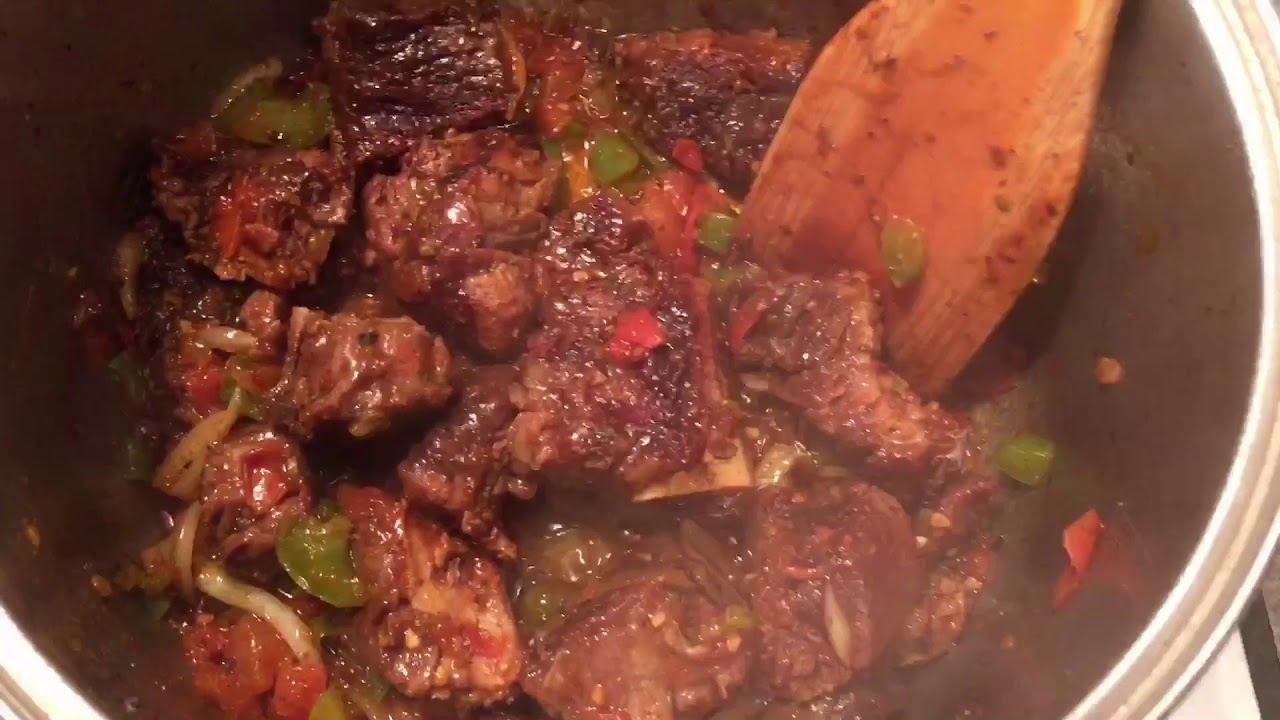Zambian Meat: Exploring the Rich Flavors and Culinary Delights
Zambia, located in southern Africa, is a country known for its diverse culture and natural wonders. Amidst its captivating landscapes and vibrant traditions, Zambian cuisine stands out as a true reflection of the nation's identity. One aspect that holds a significant place in Zambian culinary heritage is its delectable meat dishes. In this article, we will delve into the world of Zambian meat, exploring its flavors, cooking techniques, and cultural significance.
1. Zambian Meat:
A Gastronomic Journey Zambia's diverse wildlife and thriving agriculture provide an abundant supply of high-quality meat. Zambians take immense pride in their locally sourced beef, pork, chicken, and game meat.
These meats serve as the foundation for numerous traditional and modern dishes that tantalize taste buds with their unique flavors.

zambian meat
2. Traditional Zambian Meat Dishes
a) Nshima and Beef Stew:
Nshima, a staple food in Zambia, is often paired with succulent beef stew. The slow-cooked beef is marinated with aromatic herbs and spices, resulting in a rich and hearty dish.

zambian meat
b) Braaied (Grilled) Meats:
Zambians love gathering around the braai (barbecue) for a delightful meat feast. Grilled meats like skewered chicken, pork chops, and beef steaks are popular choices, offering a smoky and flavorsome experience.

zambian meat
c) Kapenta:
This is a beloved Zambian delicacy made from small, dried fish. These tiny fish are pan-fried until crispy, and their distinct taste adds a delightful crunch to any meal.

zambian meat
3. Cultural Significance of Zambian
Meat Zambian meat dishes hold deep cultural significance. They are often prepared and enjoyed during special occasions and celebrations.
Festivals and ceremonies provide opportunities for families and communities to gather, share stories, and savor the flavors of traditional Zambian meat dishes.
4. Zambian Meat and Sustainable
Farming Practices In recent years, there has been a growing focus on sustainable farming practices in Zambia. Many local farmers are embracing organic and free-range methods to ensure the highest quality meat while preserving the environment.
These practices not only benefit the health-conscious consumer but also support the local economy and reduce the carbon footprint.

zambian meat
5. Exploring Zambian Meat Markets and Butcheries
When visiting Zambia, exploring local meat markets and butcheries is a must for meat enthusiasts. The markets offer a vibrant atmosphere where one can witness the bustling trade of fresh meat and interact with passionate vendors who take pride in their products.
6. Zambian Meat:
A Fusion of Flavors With globalization and the influence of other cuisines, Zambian meat dishes have evolved to incorporate international flavors.
Chefs and home cooks are experimenting with fusion recipes, combining traditional Zambian ingredients with spices and techniques from around the world, resulting in exciting and innovative meat dishes.

zambian meat
7. Health Benefits of Zambian Meat
Zambian meat, when consumed in moderation, can be a valuable source of essential nutrients. Lean cuts of beef, for instance, provide high-quality protein, vitamins, and minerals that contribute to a balanced diet.
It is important to choose lean cuts and practice portion control for optimal health benefits.

zambian meat
8. Conclusion:
Zambian meat represents the heart and soul of the country's culinary traditions. From succulent stews to smoky grilled delicacies, the flavors of Zambian meat captivate both locals and visitors alike.
With its cultural significance, sustainable farming practices, and fusion of flavors, Zambian meat continues to evolve while staying true to its roots.
So, if you find yourself in Zambia, do not miss the chance to embark on a gastronomic journey and savor the rich and diverse meat dishes that this beautiful country has to offer.